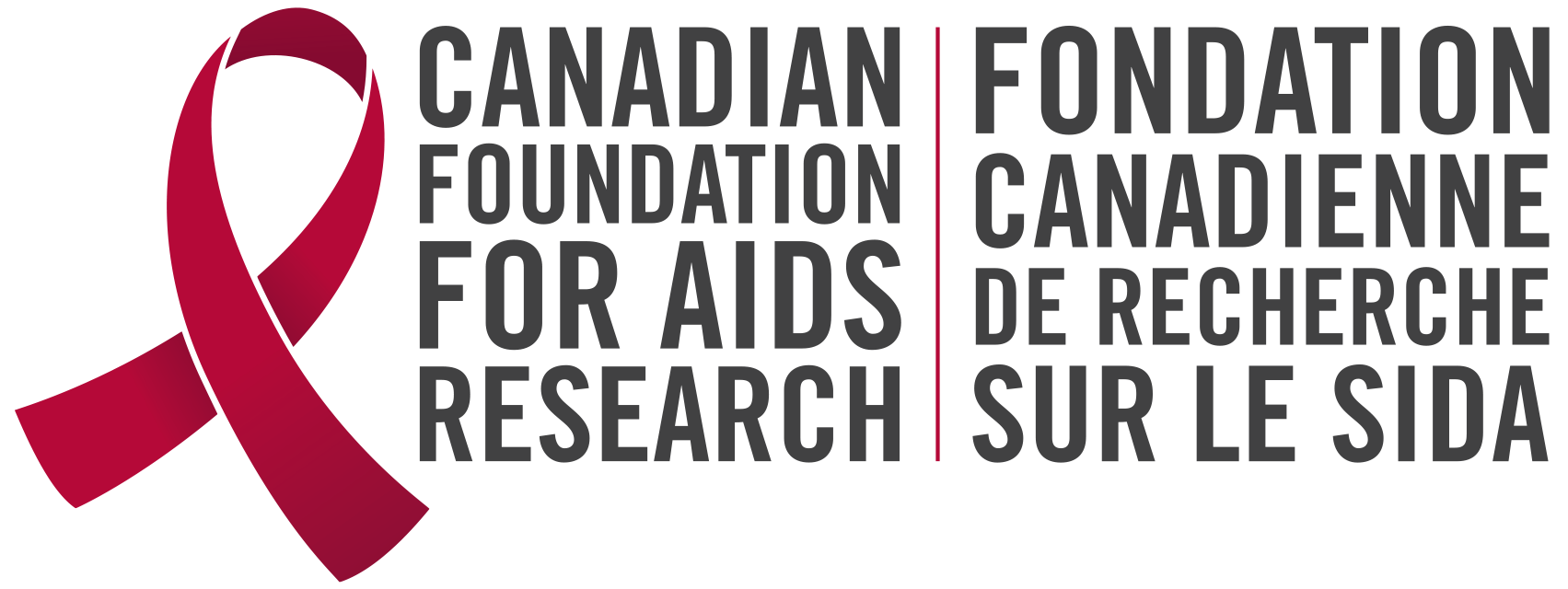Dr. Lena Serghides discusses her ongoing research with CANFAR’s Cameron Dunkin.
Expectant Mothers and HIV
Medical advancements in HIV have shifted to a place where an expectant mother living with HIV can take her medication to prevent her child from contracting the virus. This progress means that women living with HIV can safely have children who are born without HIV. The medication that makes this possible has been made accessible and reliable.
However, the expectant mother’s HIV medication can still have an impact on the infant. There is potential for developmental challenges that come as side effects to the infant being exposed to the medication while in the womb. HIV medications change rapidly, and there is limited research on a drug’s particular side effects on the infant. These effects can be physical and behavioural, and comparison studies between various drugs have not been completed, which is the focus of Dr. Lena Serghides’ current research project.
Dr. Lena Serghides has received a CANFAR Innovation Research grant for $160,000.
Lena, please tell us about your research project.
Most studies to date have focused on how to prevent transmitting HIV from mothers to their infants. Remarkable progress has been made, multiple options exist, and the risks of transmission are now low. The question that now needs to be asked, is ‘what is the safest drug option?’
What are the risks or complications that need to be considered for the infant?
In the womb, the infant is affected by whatever types of drugs are being taken during the mother’s pregnancy. To complicate this, long-term studies cannot be completed to understand what implications various medications have on a child in the womb and following birth, because of the many factors that would influence the infant, and the time it takes to notice the longer impacts. Because of this, and because the drugs being used continually to be improved and adjusted, we still don’t know the long term effects of the drugs on children. If we were looking at human populations alone, it would take years to understand the impacts on their mental, reproductive, behavioural, and other physical health.
How are you planning to study some of these physical and behavioural impacts of drugs?
We are developing an animal model where we can focus on the drugs themselves. We will look at how organ systems are formed, and then look at the cognitive behaviour later on in the lives of the pups. Using mice allows us to assess the long-term impacts because their lifespan is two years, compared to the longevity of humans. We are also able to remove lifestyle factors that can also effect the in-utero environment. They will receive the most common HIV medications.
How is the research going so far?
In our study, we are looking at the most common HIV medication regiments most frequently used during pregnancy. While the data is still premature, we are getting some interesting outcomes with the various types of drugs. There are different effects with the different drugs.
What is the impact you see your research having?
This study is starting to identify safety concerns with medications that have not been explored. The implications for having the best medications for expectant mothers and their infants is extremely important. The outcome will include being able to adjust medications to respond to side effects and determine the best drugs that should be used, looking at the best for mothers and their children.
Story by Cameron Dunkin, CANFAR Senior Manager and Office of the President
